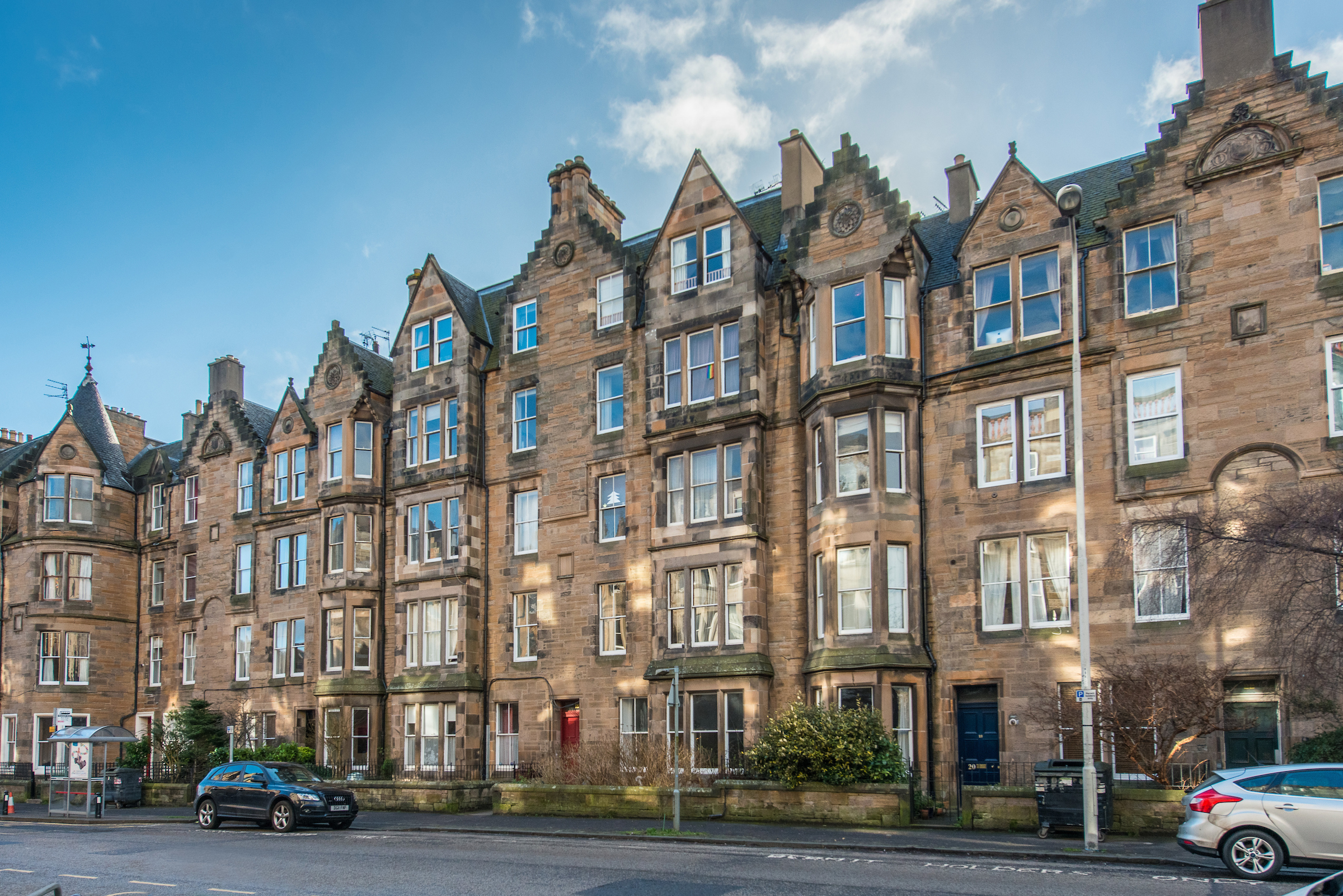Rettie: Scottish property market outperforms dire predictions

Forecasts of “doom and gloom” in the Scottish housing market have proven to be over-exaggerated, according to Rettie & Co following the release of new statistics.
Figures for the first three months of the year reveal that year-on-year house prices increased by 3.8%, while the overall number of transactions was down by 11%.
Overall turnover on the value of property sold across Scotland dropped to £4.1 billion (Q1 2022: £4.4bn), with total number of transactions down to 19,124 (Q1 2022: 21,496).
In Q1, the average price of a residential property in Scotland was £213,850, versus £205,951 during the first quarter of 2022.
Transactions increased in some local authority areas including East Lothian, Midlothian, and East Dunbartonshire, while average prices also climbed in certain areas including Argyll & Bute, and Midlothian. While average prices were virtually unchanged in Glasgow (up 0.2% to £191,230), Edinburgh was marginally up (1.6% increase to £322,449).
Dr John Boyle, director of research & strategy at Rettie & Co, said: “Towards the end of last year, the background was very much dominated by narratives around rising interest and mortgage rates, double-digit inflation, and an impending recession.
“Clearly, the housing market has not remained unscathed, but forecasts of ‘doom and gloom’ have proven to be over exaggerated on the basis of the latest quarterly numbers.
“Accordingly, we have revised our own forecasts to reflect better than expected Q1 figures. As ever, however, events shape markets, so we remain vigilant if cautiously optimistic for the full year.”
On transaction levels and house prices looking forward, Dr Boyle added: “We see transactions down about 15% in 2023 as a whole given current economic conditions before recovering in the subsequent 12-24 months, before pushing up again in 2025/2026 to above 2022 levels.
“And when it comes to prices, it is still likely that we will see average price falls over the course of the year, but these will be muted, with a return to price growth trends growth in 2025.”









